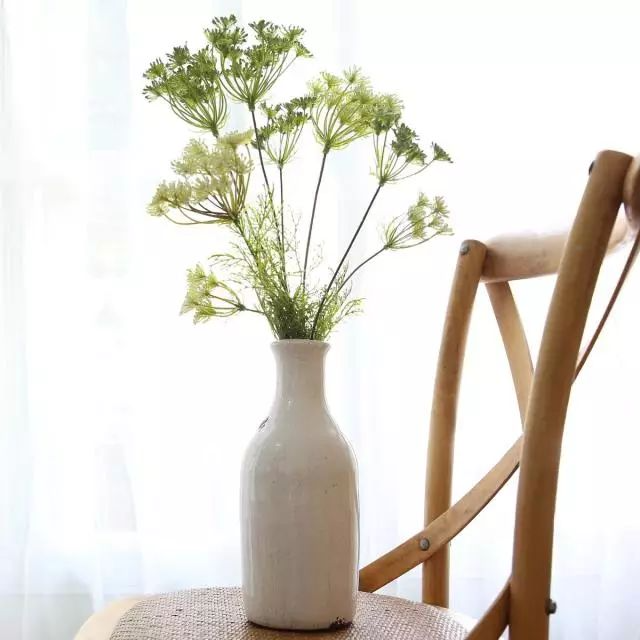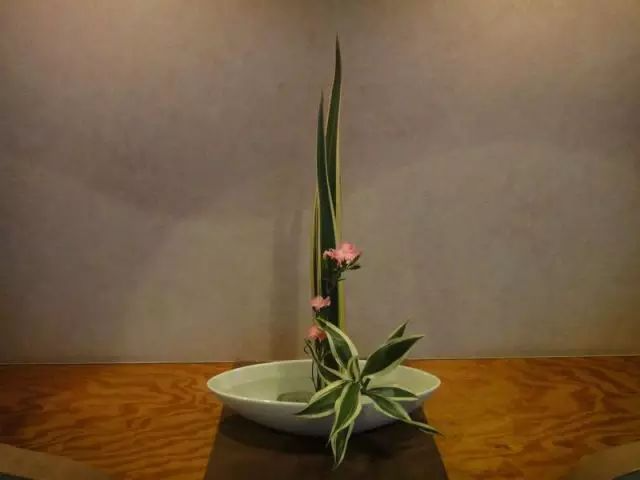Flower Art┃Basic Steps and Techniques of Flower Arranging
1. Steps of flower arrangement
(1) Pruning: First, remove the dead branches and leaves of the flowers, cut them into different lengths according to different styles, and bend them according to the needs of the composition (in order to extend the water-growing time, it is suitable to cut them in water).
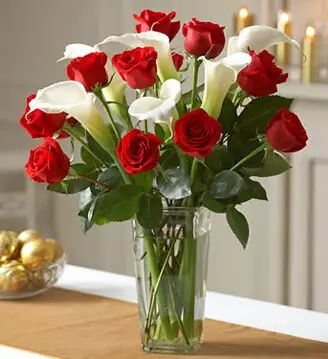
(2) Fixing: In order to make the flowers look as you want, generally take two thicker branches at the mouth of the vase, according to the length of the diameter of the mouth, and cross them at the mouth of the vase to fix them. Professional flower arrangement also requires tools such as colored flower holders, flower mud, and aluminum wire for fixing.
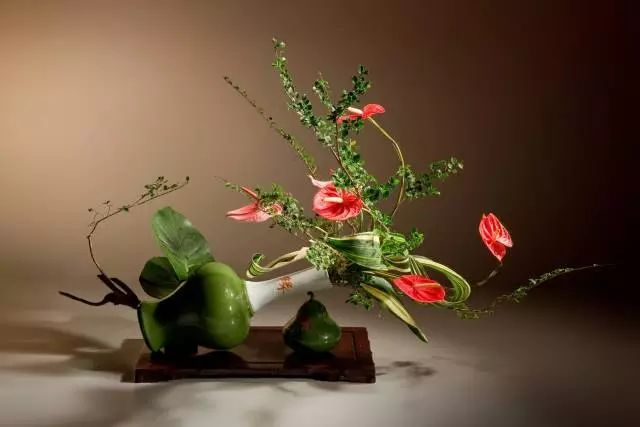
(3) Order of insertion: It is usually easier to insert flowers first and then leaves, which can easily lower the height of the flowers when inserting leaves. The correct order of insertion should be to select materials, select background leaves, and then insert flowers.
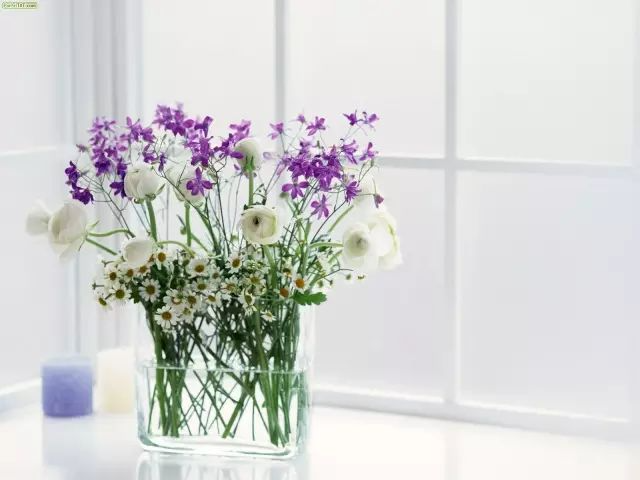
2. Basic flower arrangement techniques
Flower arrangement is an art. The Ming Dynasty flower art monograph "Vase History" mentioned: "Flower arrangement should not be too complicated, nor too thin, no more than two or three kinds, and the height and density should be arranged like a painting." Home flower arrangement is indeed quite particular.
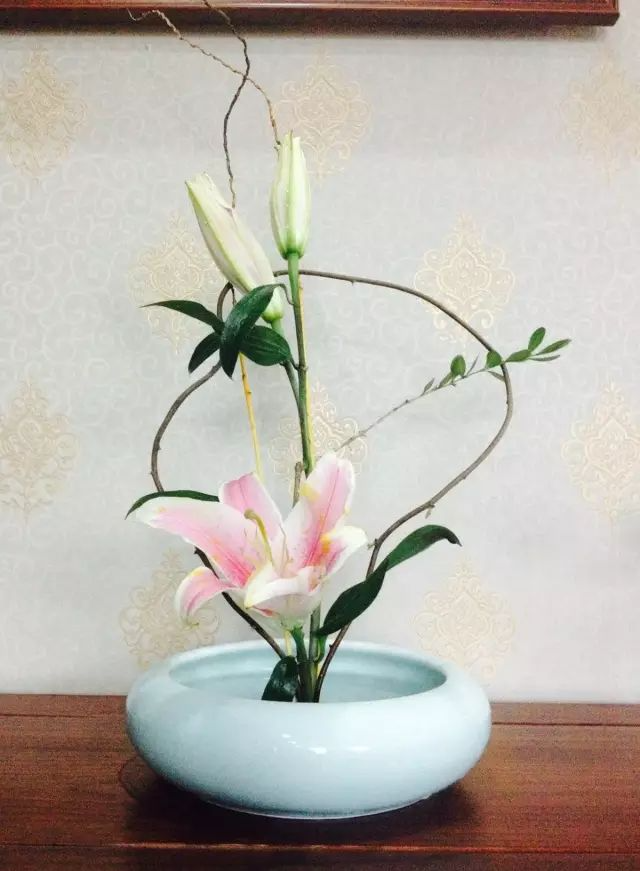
Main flower arrangement - choose the strongest and most beautiful flower branch as the main branch, highlight the center, and insert a different flower on each side as a foil. Avoid arranging the branches neatly, highlight the main flower, do not cross the three branches, and do not tie all the branches together and insert them at once. For example, chrysanthemums and gladioli will appear uneven, dense and harmonious in color, and complement each other. Even if it is the same kind of flower, it is best to have buds, half-opened, and blooming flowers at the same time to show the changes in the degree of flower opening. Therefore, before purchasing flowers, you should consider it and buy them purposefully. When cutting flower branches, leave some leaves on the branches and clean the dirt on the leaves. The length of the branches should be determined according to the height of the vase, and generally follow the golden ratio.
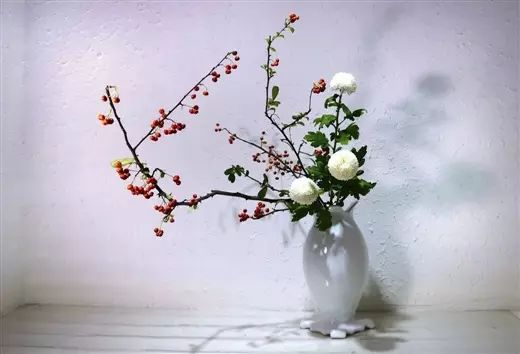
Arc-shaped flower arrangement: flower arrangement is based on three branches of different lengths and directions. Generally, the convex arc-shaped flower arrangement is used, and there is also a concave arc-shaped flower arrangement.
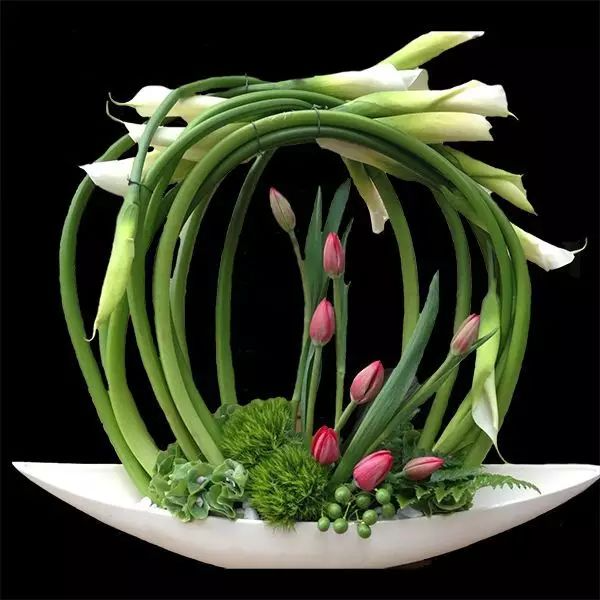
Triangle arrangement: With the main branch as the central axis, the arrangement is symmetrical and balanced, showing solemnity and neatness. This type of flower arrangement is full of etiquette.
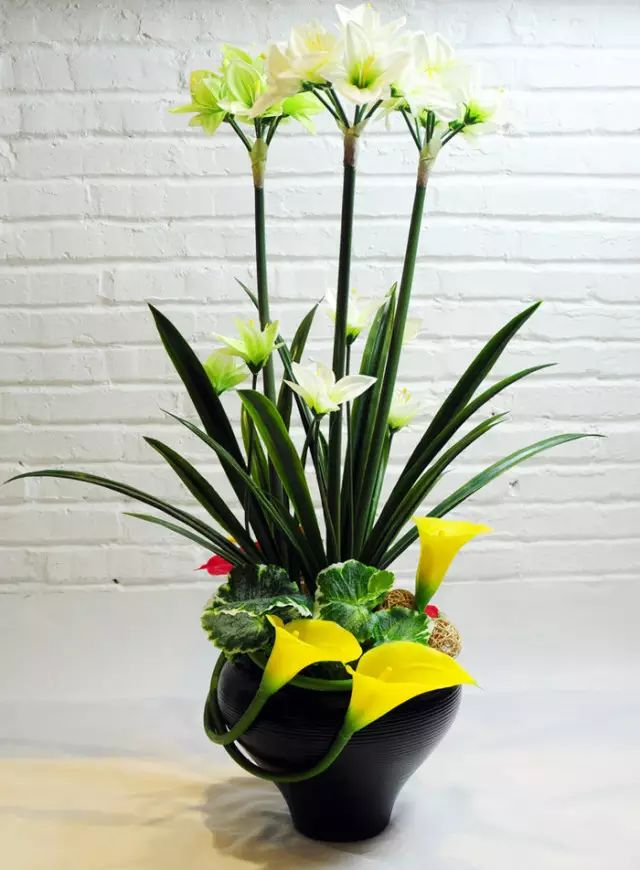
Bonsai-style arrangement - mostly based on the changes of branches, flowers and colors, and on the basis of the conceived picture, the arrangement should be made. Different branches should also be "shaped according to the material". For example, if you only plant plum blossoms, don't have too many branches. The branches should be staggered horizontally and obliquely, not straight. If you add pine branches, the red and green will be more interesting. No matter which method you use, you must make the flower arrangement harmonious, balanced and rhythmic.
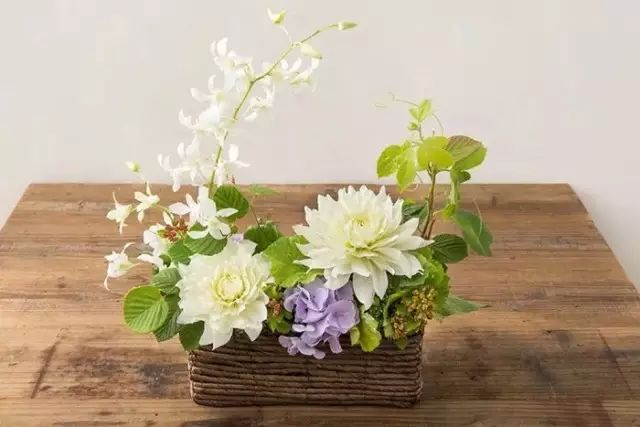
There are two types of containers commonly used for flower arrangement: vases and basins. Ceramic and glass vases are elegant in color, novel in style, and can hold water for a long time without becoming rancid. Although plastic vases are light and durable, they lack natural beauty and the water in them is easily perishable. When using vases, it is best to set up a cross-shaped frame at the mouth of the vase to facilitate the fixing of the flower branches. For short flower branches, a basin should be used, and a flower stand should be prepared. As for daily utensils such as bowls, plates, bottles, and jars, if they are carefully selected with flower branches and used ingeniously, they can also add interest.
